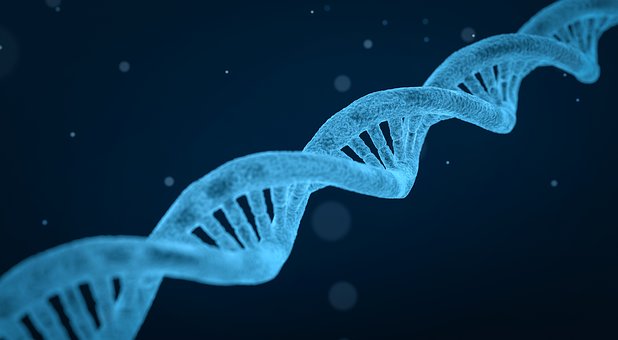Bietti's crystalline dystrophy (BCD) is a genetic disease rare, autosomal recessive, characterised by tapeto-retinal degenerationtypical onset is in the second to third decade of life. The disease is manifested by the presence of yellow-white crystals and/or deposits of lipid complexes in the retina and (to a variable extent) in the cornea. Atrophy and progressive degeneration of the retinal pigment epithelium (EPR) and choroid lead to symptoms similar to those of the other forms of retinal degeneration falling under the category of retinitis pigmentosa (RP) and associated disorders, i.e: reduced visual acuity, poor night vision, loss of the visual field and often impaired colour vision. Marked asymmetry between the eyes is not uncommon. Over time, loss of the peripheral visual field, central visual acuity or both result in legal blindness (perception, not exceeding 1/20 in the partially blind, which does not allow the subject autonomy) in most if not all affected individuals.

The characteristics of Bietti's crystalline dystrophy
Symptoms
I disease symptoms, rate of progression and severity are highly variable even among individuals of the same age, within the same family and with the same CYP4V2 pathogenic variants. Some individuals have a more diffuse retinal involvement, while in others it is more localised in the paracentral and central regions.
Prevalence of Bietti's crystalline dystrophy
Bietti's disease is generally considered rare, but there may be a problem of under-diagnosis, as shown by a study (Mataftsi et al, 2004) in which approximately 10% of individuals considered to have autosomal recessive retinitis pigmentosa were later diagnosed with BCD. It has also been estimated that up to 3% of patients initially diagnosed with RP may later turn out to have BCD. According to some authors, the worldwide prevalence of RP is 1/4,000, of which 50% -60% is the autosomal recessive form, which would imply a prevalence of BCD of up to 1/67,000, i.e. almost 5000 individuals in the US alone.
BCD seems to be more common in people of Eastern origin, particularly Chinese and Japanese; however, it has also been reported in individuals of European, Middle Eastern, African, North and South American origin.
Visual impairment
(Progressive) loss of visual field . Visual field loss can manifest itself as loss of peripheral field (ring, paracentral or central scotoma) o central or pericentral scotoma (usually associated with atrophic lesions invading the foveal region of the macula).
Nictalopia (progressive). La night blindness (the difficulty of seeing in low-light conditions) is a feature that is not specific to BCD as it is typical of many forms of hereditary retinal degeneration.
Reduction (progressive) of visual acuity. Visual acuity can vary from normal to motu manu. Although it has been reported that the reduced visual acuity leads to legal blindness by the fifth or sixth decade of lifecentral vision can sometimes be spared even in severely affected individuals; more often, however, the loss of central visual acuity reflects atrophy or degenerative changes near or including the fovea. Individuals with Bietti's crystalline dystrophy may also have impaired colour vision, particularly if an atrophic lesion in the fovea or cystoid macular oedema is present.
Differential diagnosis of Bietti's crystalline dystrophy
The symptoms and clinical findings through visual field testing and electrophysiological studies of Bietti's crystalline dystrophy (BCD) are similar to those of other forms of retinal degeneration that fall into the category of retinitis pigmentosa and associated disorders. The diagnosis of BCD is based on the finding of numerous small, yellow-bright retinal crystals associated with atrophy of the retinal pigment epithelium, pigment clusters, and sclerosis of the choroidal vessels, variable crystalline deposits in the corneal limbus, visual field defects, and reflective spots visualised by spectral domain optical coherence tomography. The identification of bi-allelic pathogenic variants in CYP4V2 by molecular genetic testing may confirm the diagnosis if the clinical features are inconclusive.
Treatment of manifestations
Currently, there is no specific treatment for Bietti's crystalline dystrophy; however, sufferers should be referred to specific services for people with visual impairment. Low vision specialists can prescribe aids/devices to optimise remaining vision. Counselling for psychosocial adaptation to sight loss is also important.
Source:
Bietti Crystalline Dystrophy. Mauricio Vargas, Amanda Mitchell, Paul Yang, and Richard Weleber. GeneReviews, 2019.
Dr. Carmelo Chines
Direttore responsabile
